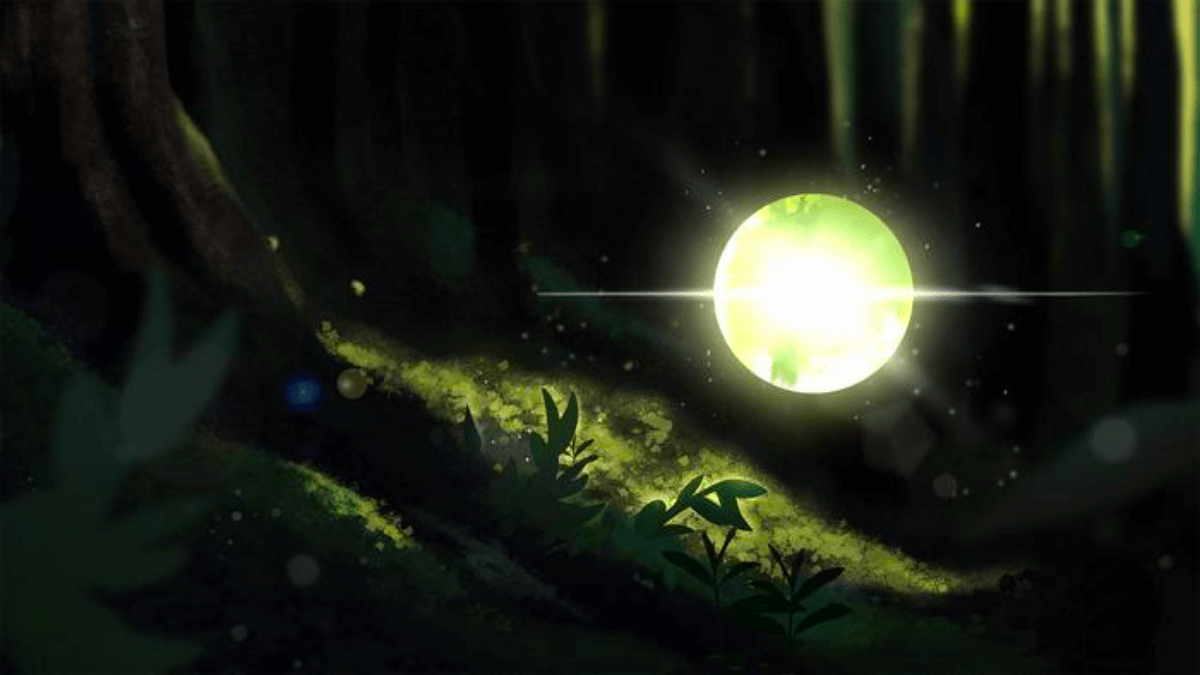BERKELEY, Calif. — How much light does it really take to trigger photosynthesis? Scientists have discovered only a single photon is needed to start the process through which plants and other organisms convert light energy into chemical energy. This breakthrough solidifies our understanding of this vital biological process and unveils the fascinating intersection of quantum physics and biology.
“A huge amount of work, theoretically and experimentally, has been done around the world trying to understand what happens after a photon is absorbed. But we realized that nobody was talking about the first step,” says study co-lead author Graham Fleming in a media release.
By investigating photosynthetic purple bacteria, the researchers demonstrated that a single photon can indeed initiate photosynthesis. Since all photosynthetic organisms employ similar processes and share a common ancestor, this discovery has implications for understanding photosynthesis in plants and algae as well. Nature has devised a clever trick in these organisms, as Fleming describes it.
Scientists have long assumed that a single photon could initiate photosynthesis due to its high efficiency in converting sunlight into energy-rich molecules. On a sunny day, only around a thousand photons reach a single chlorophyll molecule per second, yet the process reliably occurs worldwide.
However, this assumption lacked experimental evidence until now. Moreover, previous studies on photosynthesis used powerful laser pulses to trigger photosynthetic molecules, which differed greatly from sunlight in terms of intensity and quantum properties.

To address this knowledge gap, the research team designed a unique experiment that combined quantum optics and biology. They set up a photon source that generated a single pair of photons. The first photon, called “the herald,” was detected by a highly sensitive detector to confirm the imminent arrival of the second photon, which was directed toward a sample of light-absorbing molecular structures derived from photosynthetic bacteria.
Another photon detector near the sample measured the lower-energy photon emitted by the photosynthetic structure after absorbing the second photon. The detection of the emitted photon indicated that the process had been activated.
The experimental structure used, called LH2, is well-studied. It consists of bacteriochlorophyll molecules that absorb photons at an 800 nanometer wavelength and transfer energy to a second ring of bacteriochlorophyll molecules, which emit fluorescent photons at 850 nanometers. In the experiment, when the isolated LH2 structure emitted photons at 850 nanometers, it confirmed the activation of photosynthesis.
Analyzing over 17.7 billion herald photon detection events and 1.6 million heralded fluorescent photon detection events, the scientists ensured that the observations were solely attributed to single-photon absorption. This rigorous approach eliminated other potential influencing factors.
The significance of this experiment lies not only in demonstrating what can be achieved with individual photons but also in opening the door to further investigations. The researchers aim to explore energy transfer at the smallest possible temporal and spatial scales within the photosynthetic complex.
The study is published in the journal Nature.

